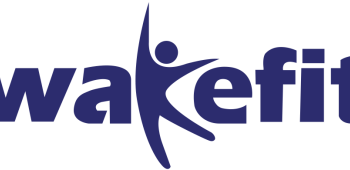Wakefit Transitions to Public Entity: A Strategic Move Towards IPO
Wakefit, a prominent Bengaluru-based home and sleep solutions brand, is making significant strides as it transitions into a public company. This move is a crucial step as Wakefit prepares for its Initial Public Offering (IPO), expected to raise between Rs 1,500 crore to Rs 2,000 crore ($180–240 million). But what does this mean for the company and its stakeholders?
The Journey from Startup to Public Company
Founded in 2016 by Ankit Garg and Chaitanya Ramalingegowda, Wakefit started as a direct-to-consumer (D2C) mattress startup. It quickly expanded its product line to include furniture, decor, and interior design services. The company’s vertically integrated supply chain, from in-house manufacturing to last-mile delivery, has been a key factor in its rapid growth within India’s fragmented furniture and sleep products market.
Why Go Public?
Transitioning to a public entity is a strategic move for startups like Wakefit. By changing its legal name from Wakefit Innovations Private Limited to Wakefit Innovations Limited, the company aligns with the requirements for listing on Indian stock exchanges. This transition is not just a formality but a signal of Wakefit’s readiness to scale new heights.
The appointment of five independent directors to the board, including Sudeep Nagar and Sandhya Pottigari, reflects its commitment to corporate governance norms. This move mirrors the strategies of other successful startups such as PhonePe and Razorpay, who have also transitioned to public entities.
The IPO: A Financial Boost
The anticipated IPO is more than a financial milestone. It’s an opportunity for Wakefit to solidify its market position and expand its operations. The funds raised will likely be used to enhance product offerings, improve supply chain efficiency, and explore new markets. Additionally, existing investors like Peak XV Partners and Verlinvest may partially exit, a common practice in the Indian startup ecosystem.
Industry Insights and Comparisons
Wakefit’s journey is reminiscent of Amagi, another startup that successfully transitioned to a public company. Both companies have leveraged their unique market positions and strong supply chains to drive growth. The key takeaway for other startups is the importance of strategic planning and governance in achieving such milestones.
The Future of Wakefit
As Wakefit moves closer to its IPO, questions arise about its future trajectory. Will it maintain its growth momentum? How will it navigate the challenges of being a public company? These are critical considerations for stakeholders and potential investors.
Conclusion
Wakefit’s transition to a public company marks a significant chapter in its journey. This move not only prepares the brand for an IPO but also sets a benchmark for other startups aiming for similar success. As you follow Wakefit’s story, consider how strategic transitions and governance can impact a company’s growth and market position.
For more insights into Wakefit’s journey, visit Wakefit.




















